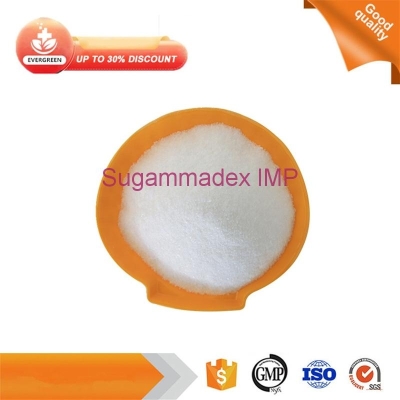-
Categories
-
Pharmaceutical Intermediates
-
Active Pharmaceutical Ingredients
-
Food Additives
- Industrial Coatings
- Agrochemicals
- Dyes and Pigments
- Surfactant
- Flavors and Fragrances
- Chemical Reagents
- Catalyst and Auxiliary
- Natural Products
- Inorganic Chemistry
-
Organic Chemistry
-
Biochemical Engineering
- Analytical Chemistry
- Cosmetic Ingredient
-
Pharmaceutical Intermediates
Promotion
ECHEMI Mall
Wholesale
Weekly Price
Exhibition
News
-
Trade Service
At present, there is an urgent need to provide early and specific disease biomarkers for neurodegenerative diseases in order to provide appropriate care and selection of patients in clinical trials
.
Recently, the development of an ultra-sensitive detection method based on template amplification strategies that indirectly reveals trace amounts of misfolded amyloid in cerebrospinal fluid (CSF) has greatly promoted this goal
Current evidence shows that real-time quaking-induced conversion (RT-QuIC, RT-QuIC) can accurately detect misfolded α-synapses in the CSF of patients with Parkinson’s disease or Lewy body dementia (DLB) Protein (α-syn), its overall sensitivity is 95%, and its specificity is 98%
.
??????????????????????????????????????????????????????????????????????????????????????????????????????????????????????????????????????????????????????????????????????????????????????????????????????????????????????????????????????????????????????????????????????????????????????????????????????????????????????????????????????????????????????????????????????????????????????????????????????????????????????????????????????????????????????????????????????????????????????????????????????????????????????????????????????????????????????????????????????????????????????????????????????????????????????????????????????????????????????????????????????????????????????????????????????????????????????????????????????????????????????????????????????????????????????????????????????????????????????????????????????????????????
Preliminary data also show that the CSF of patients with pure autonomic neurasthenia and isolated rapid eye movement sleep behavior disorder (the two precursor syndromes often evolve into Parkinson’s disease or DLB) contains a large amount of α-syn seeding activity (seeding activity).
)
.
However, no studies have specifically explored the diagnostic value of α-syn RT-QuIC in patients with mild cognitive impairment (MCI) , which is a common precursor clinical manifestation of DLB
However, no studies have specifically explored the diagnostic value of α-syn RT-QuIC in patients with mild cognitive impairment (MCI) , which is a common precursor clinical manifestation of DLB
In order to fill this gap, Marcello Rossi and others from Italy explored whether the CSF α-syn RT-QuIC test can accurately identify the LB-related pathology of MCI patients, and applied this new detection method to two MCI patients with obvious characteristics.
According to current standards, the CSF samples of the cohort of participants are classified as possible MCI-LB, MCI-AD, or unspecified MCI
.
They applied α-syn RT-QuIC to 289 CSF samples obtained from two independent cohorts, including 81 possible MCI-LB patients (70.
7 ± 6.
6 years, 13.
6% F, MMSE 26.
1 ± 2.
4), 120 possible MCI-AD (68.
6±7.
4 years, 45.
8% F, MMSE 25.
5±2.
8), and 30 unspecified MCI (65.
4±9.
3 years, 30.
0% F, MMSE 27.
0±3.
0)
.
Fifty-eight subjects without evidence of cognitive decline or neurodegenerative diseases and 121 subjects lacking cerebral α-syn deposition in neuropathological examination were used as controls
They found that RT-QuIC distinguished MCI-LB patients from the control group without cognitive impairment, with a sensitivity of 95%, a specificity of 97%, an accuracy of 96%, and a specificity of 98 for the neuropathology control group.
%
.
.
The sensitivity is 95%, the specificity is 97%, the accuracy is 96%, and the specificity for the neuropathology control group is 98%
These findings indicate that CSF α-syn RT-QuIC is a powerful precursor for DLB biomarkers
.
Further research is needed to fully explore the added value of this detection method to the current MCI-LB research standards
CSF α-syn RT-QuIC is a powerful precursor of DLB biomarker CSF α-syn RT-QuIC is a powerful precursor of DLB biomarker
Original source:
Rossi M, Baiardi S, Teunissen CE, Quadalti C, van de Beek M, Mammana A, Maserati MS, Van der Flier WM, Sambati L, Zenesini C, Caughey B, Capellari S, Lemstra A, Parchi P.
Diagnostic Value of the CSF α-Synuclein Real-Time Quaking-Induced Conversion Assay at the Prodromal MCI Stage of Dementia With Lewy Bodies.
Leave a message here







